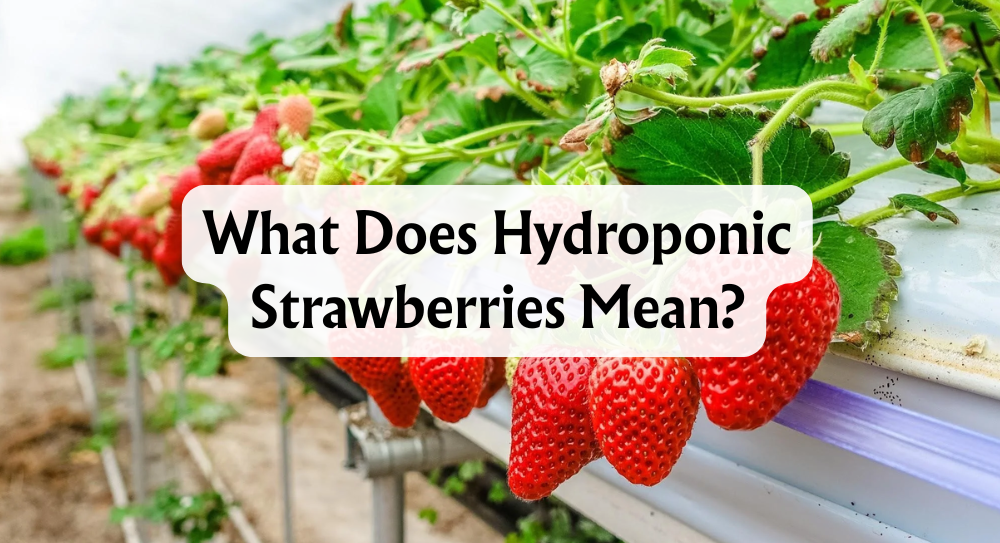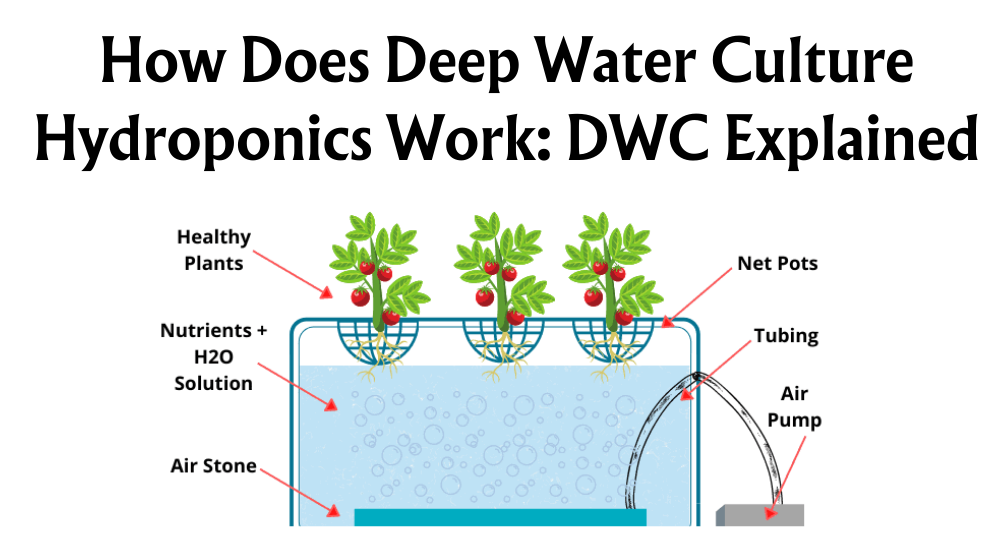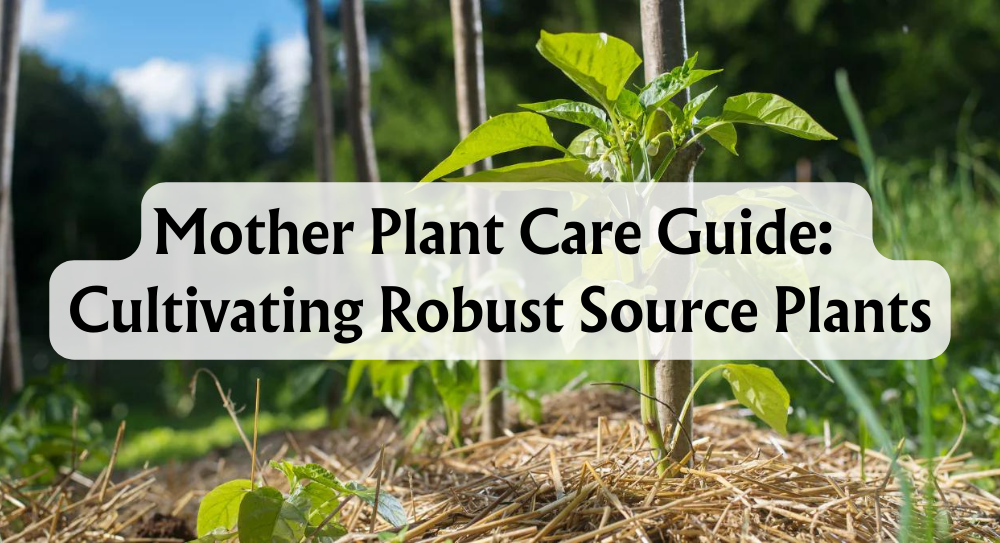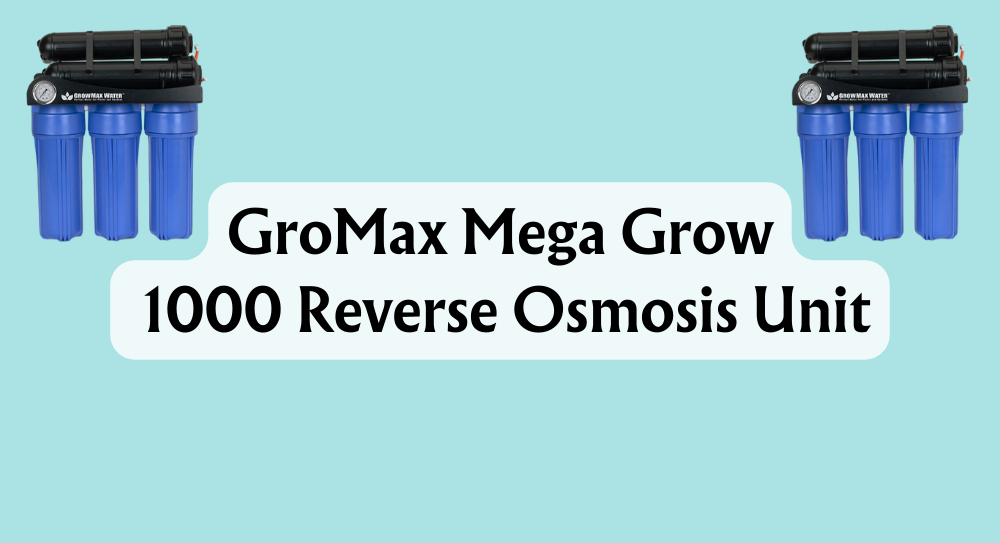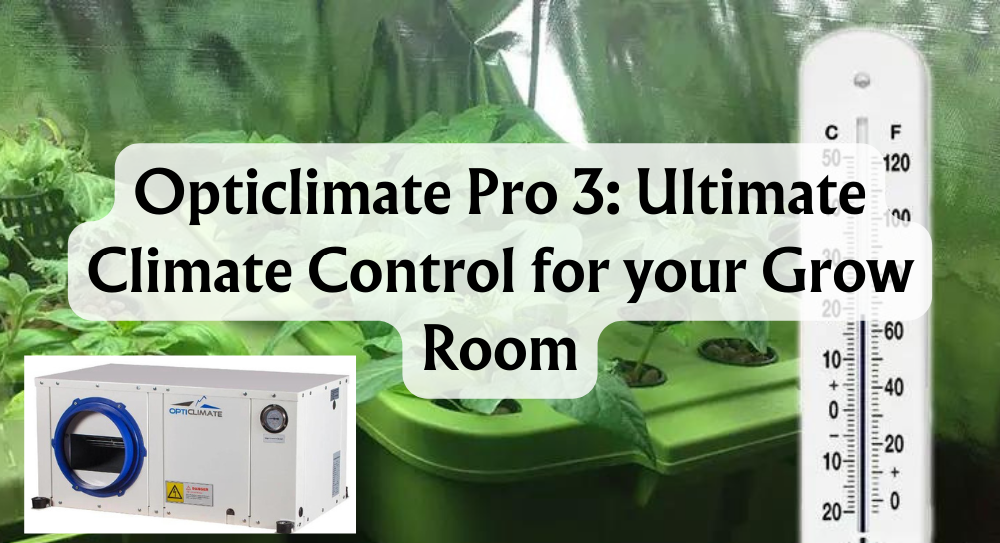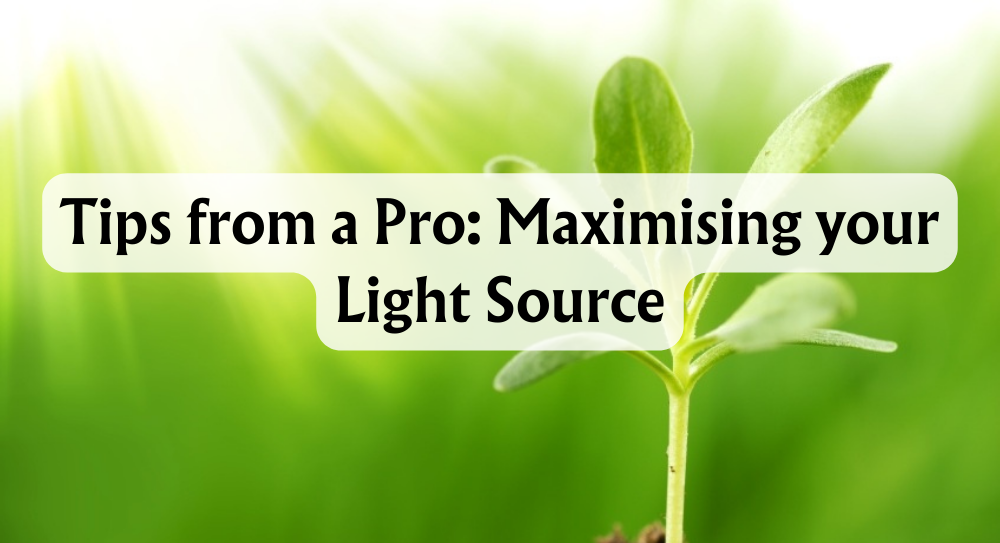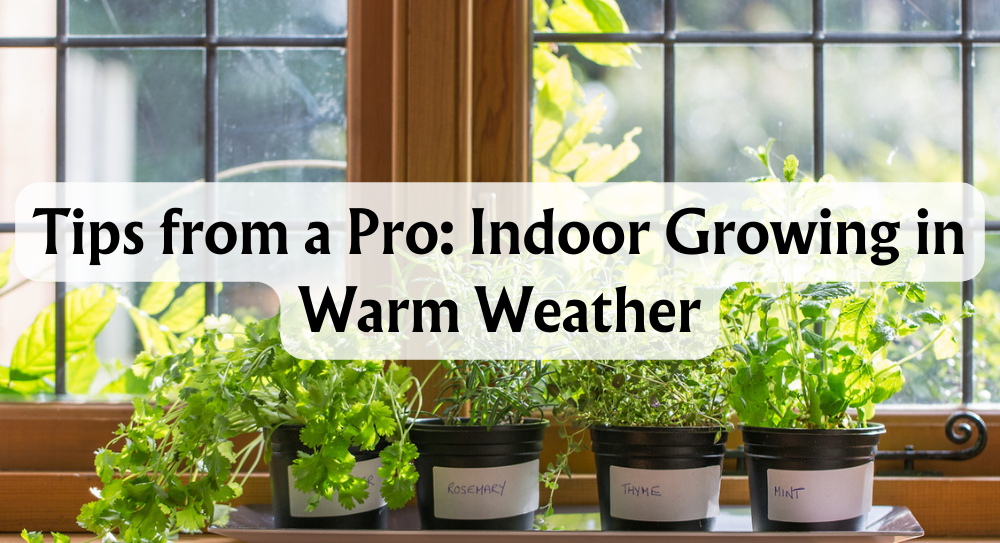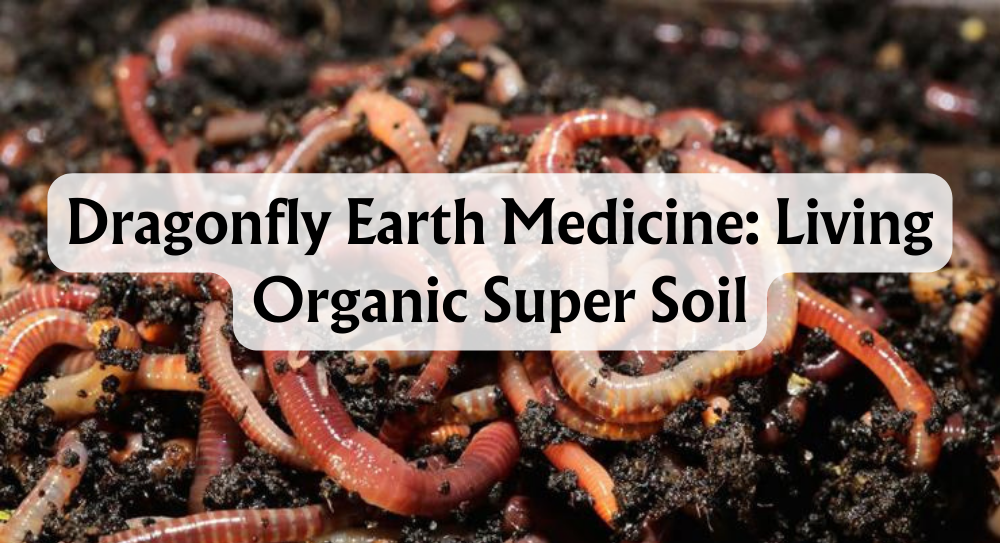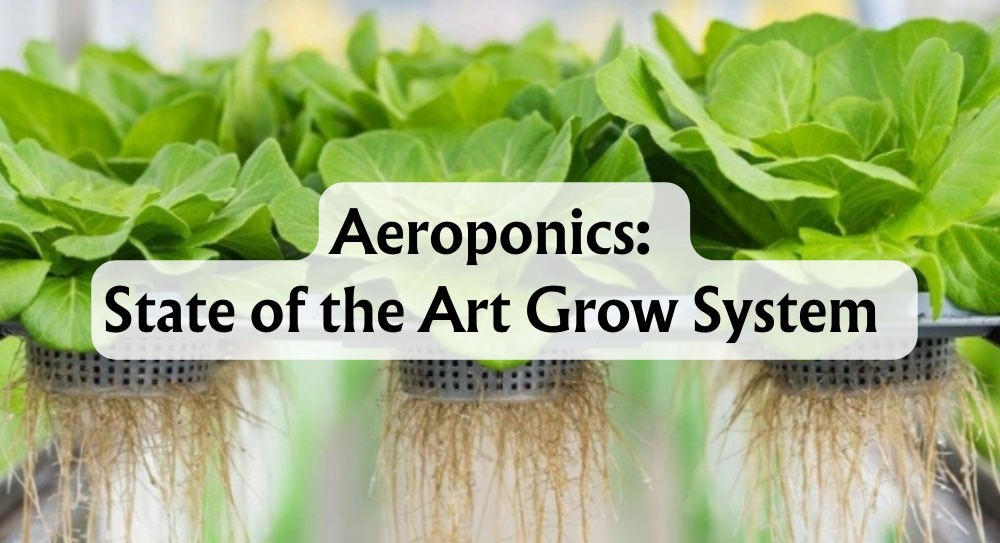Water quality is often an overlooked aspect of hydroponics, yet it's crucial for cultivating healthy plants and achieving optimal yields. When we talk about water for hydroponics, we're not just discussing a singular element—there are many types of water to consider, each with its benefits and drawbacks. The best water for hydroponics is often distilled or reverse osmosis water, as these are free from impurities, giving us full control over nutrient levels.
Understanding water types can make or break our hydroponic gardening efforts to grow plants. Natural choices like rainwater, tap water, and well water bring their variables of pH and contaminants. In contrast, distilled and reverse osmosis options offer purer choices, though the cost and effort to maintain these systems should be taken into account. The ultimate goal is to ensure that the water we use doesn't contain harmful chemicals or heavy metals that could hinder plant growth.
Exploring various water types leads us to recognise the necessity of managing pH and minerals. Tap water might be convenient, but its chlorine and fluoride content can be detrimental. We should aim to identify water sources that align with our crop requirements for a thriving hydroponic system.
Key Takeaways
- The right water quality is essential for plant health.
- Distilled or reverse osmosis water is ideal for hydroponics.
- Monitor pH and contaminants in tap water carefully.
Understanding Water Quality
Water quality is crucial in hydroponics, playing a key role in nutrient delivery and plant health. By managing elements like Total Dissolved Solids (TDS), pH balance, and contaminants, we ensure optimal growth conditions.
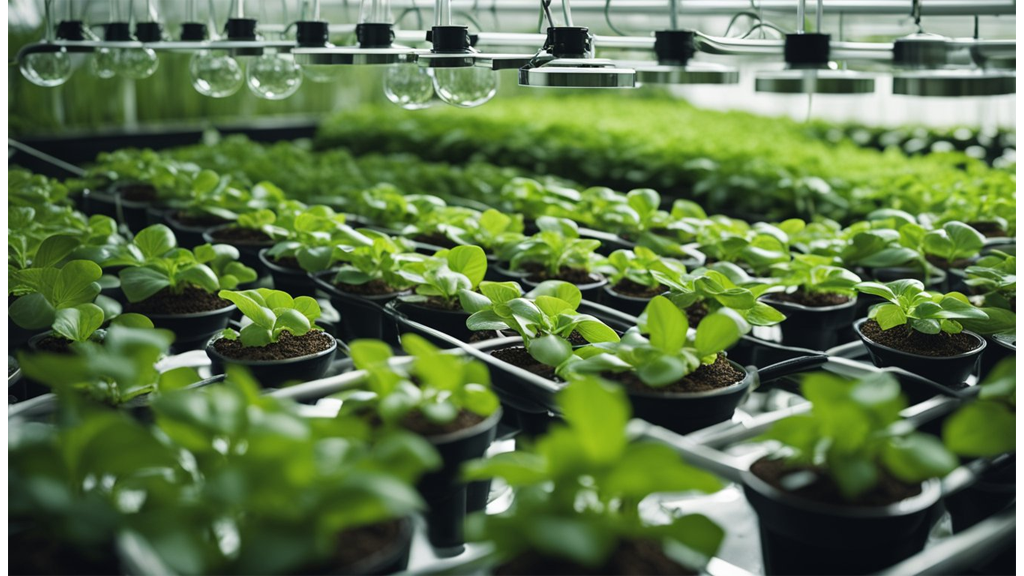
Total Dissolved Solids (TDS)
TDS refers to the combined content of all inorganic and organic substances contained in a liquid. In hydroponics, TDS influences nutrient availability to plants. Ideal TDS levels vary with water sources: tap water can range from 50 to 800 ppm, well water ranges from 300 to 5000 ppm, and distilled water has about 1 ppm.
It’s essential to measure TDS regularly using a TDS meter. If levels are too high, it might indicate excess sodium or calcium, which can hinder nutrient absorption. Adjusting TDS can involve diluting water or using specialised nutrient solutions.
pH Balance
pH levels determine how well plants can absorb nutrients in hydroponic systems. The optimal pH range is 5.5 to 6.5, where nutrients like magnesium and iron are most accessible. Outside this range, plants struggle to take up nutrients even if they're present in the solution.
Monitoring pH levels can be done with pH meters or pH indicator strips. To adjust, we can use pH up or pH down solutions. Maintaining the appropriate pH ensures our plants have access to the full spectrum of micronutrients and maintains the right conditions for growth.
Identifying Harmful Contaminants
We need to be vigilant about potential contaminants such as chlorine, chloramine, heavy metals like lead, and pathogens. These can drastically affect plant health, leading to stunted growth or disease. Chlorine, often found in tap water, can be detrimental to beneficial bacteria in the system.
Detection of these contaminants often involves specific tests; for chlorine, a simple chlorine test kit serves the purpose. Using activated carbon filters or reverse osmosis systems can mitigate risks. By recognising and addressing contaminants, we safeguard the health and productivity of our hydroponic systems.
Different Water Types
When choosing water for hydroponics, understanding the differences in water sources can impact plant health and nutrient balance. Each type of water has unique features, benefits, and challenges that we need to consider.
Public Utility
Public utility, or tap water, is commonly treated to ensure safety for consumption. It usually contains chlorine or chloramine, added as disinfectants.
While these chemicals help keep water safe, they can be harmful to plants, necessitating their removal through filtration. Mineral content in tap water can vary significantly, influencing pH and nutrient absorption. Regular testing is important as some components may require adjustments or additional treatments to make tap water suitable for hydroponic use. Filtration options include carbon-based systems that address these issues effectively.
Well
Well water is sourced from underground aquifers and can have a high mineral content. This often leads to increased water hardness, potentially affecting nutrient availability for plants.
Contaminants such as pathogens or chemicals might be present, making routine testing essential to ensure water quality. Treating well water may involve the use of specific filters or water softeners to reduce hardness and remove contaminants. Identifying and addressing these issues are crucial steps for successful hydroponic gardening with well water.
Filtered
Filtered water is achieved through methods such as carbon-based filtration and reverse osmosis systems.
Carbon-based filters effectively remove chlorine, chloramine, and some organic compounds. Reverse osmosis systems offer more comprehensive filtration by removing a significant amount of dissolved solids and contaminants, resulting in purer water. Using filtered water helps in maintaining a controlled nutrient environment, enhancing plant growth within hydroponic systems. This choice supports optimal results by ensuring water quality and consistency across growing cycles.
Rain
Rainwater is nature’s gift, offering low total dissolved solids (TDS) and an eco-friendly option for hydroponic systems.
Its neutrality benefits nutrient control; however, rainwater can become polluted from environmental pollutants. Before use, it is recommended to filter or treat rainwater to make sure it is free from contaminants. Collecting and utilising rainwater also highlights sustainability practices and can contribute to reducing water costs.
Distilled
Distilled water is nearly pure water, with virtually all minerals removed through the distillation process. This purity offers precise nutrient control in hydroponics, as no unknown variables from minerals can alter nutrient uptake.
Pros include: achieving exceptional control over nutrient formulations. Cons include: the cost and practicality of sourcing distilled water might be a limitation for some large-scale operations. Nonetheless, its benefits often justify the investment, especially where precision in nutrient management is a priority.
Tap Water Pros and Cons
When we consider using tap water for hydroponics, there are important factors to weigh, such as the presence of chlorine and hard water issues. These can have critical impacts on plant health.
Chlorine
Chlorine is commonly added to tap water to kill harmful bacteria, but it can also disrupt beneficial microbes that plants rely on. This affects the overall health of the hydroponic system. Chloramines, which are a combination of chlorine and ammonia, can also be present and more persistent. Removal of these substances often involves a few methods:
-
Aeration: Allowing water to sit out, exposed to air for about 24-48 hours, can dissipate chlorine naturally.
-
Activated carbon filtration: Using these filters helps remove both chlorine and chloramines effectively.
By managing chlorine in tap water, we can better support plant growth and microbial life in our systems.
Hard Water Issues
Hard water contains high levels of minerals like calcium and magnesium. While these minerals can be useful, excessive amounts can interfere with nutrient uptake by plants and may lead to scaling and blockages in the system. Hard water complicates the use of nutrients because they can bind with these minerals, making nutrients less available to plants.
Solutions include:
-
Water softening: Using a water softener can reduce mineral content but might increase sodium, which isn’t ideal for plants.
-
Chelating agents: These can help bind minerals, making nutrients more accessible to plants.
Dealing with hard water issues ensures smoother operation and more robust growth in our hydroponic systems.
Ideal Water Sources
Choosing the right water for a hydroponic system is crucial to ensure optimal plant growth. High water quality helps in maintaining a balanced nutrient solution, which is necessary for healthy plants. Let's explore three ideal water sources: Reverse Osmosis Water, Distilled Water, and Harvested Rainwater.
Reverse Osmosis
Reverse Osmosis (RO) water is a popular choice for hydroponic systems. This process involves forcing water through a semipermeable membrane, effectively removing impurities and contaminants. The result is high-purity water, free from harmful substances that could disrupt nutrient uptake in plants.
The advantages of using RO water include its effectiveness at providing a clean slate. This allows us to precisely control the nutrient solution without worrying about existing minerals.
However, we need to consider water wastage during the RO process, as a significant portion of water is discarded. Regular maintenance of the RO system is also necessary to ensure consistent performance and longevity.
Distilled Water
Distilled water is produced by boiling water and then condensing the steam back into a liquid. This method eliminates nearly all impurities and minerals, making it an excellent option for hydroponic use. Its purity ensures that plants receive a consistent and contaminant-free nutrient solution.
The cost of distilled water can vary. For smaller setups, it might be viable to purchase bottled distilled water. However, for larger systems, investing in a home distillation setup may offer more cost-effective long-term benefits.
It's crucial to weigh the cost and benefits when considering distilled water, as the initial investment might offset future gains in plant health and yield.
Harvested Rainwater
Rainwater is another viable option for hydroponics, being naturally soft and free of many contaminants. Collecting rainwater involves using containers or barrels to capture runoff from rooftops. This can be a sustainable and eco-friendly choice for many.
Prior to use, we should filter harvested rainwater to remove debris. Additionally, testing and adjusting its pH may be necessary to align with plant requirements.
Using rainwater has environmental and economic benefits. We utilise a renewable resource, potentially reducing water bills and our ecological footprint. With proper treatments and adjustments, rainwater offers an excellent, sustainable way to nourish our hydroponic systems.
Optimising Water Quality
Maintaining optimal water quality in hydroponics involves filtration, oxygenation, and careful management of nutrient solutions. Each of these aspects plays a crucial role in ensuring that our plants receive the ideal conditions for growth and development.
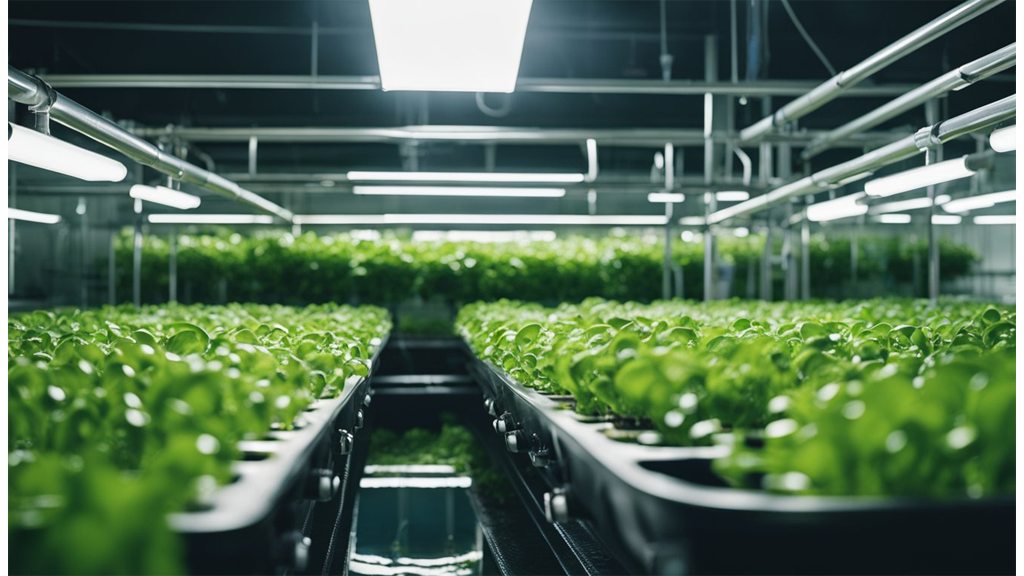
Filtration Methods
To maintain high water quality, various filters can be employed. Activated carbon, for example, is effective in removing impurities and potential toxins from the water. Alongside activated carbon, sediment filters are vital in eliminating particulate matter that might clog our system. For more demanding setups, reverse osmosis systems offer a comprehensive solution to purify water by removing dissolved salts and reducing contaminants effectively.
Choosing the right filtration system depends greatly on the origin and existing quality of the water. Regular monitoring ensures that the selected filtration method consistently provides clean water suitable for hydroponic use.
Oxygenation
Dissolved oxygen is essential for the health of plant roots, and we need to maintain sufficient levels to encourage robust growth. Various techniques are available to enhance oxygen levels in our systems. Air stones, for example, are commonly used to diffuse oxygen into the water, providing a steady supply to the roots. Circulation pumps further aid by moving the water, preventing stagnation and ensuring even oxygen distribution.
Temperature also influences oxygen solubility in water. We aim to keep the water around 18°C to 22°C, optimising oxygen levels without stressing the plants. By integrating these methods, we can safeguard the health of our crops.
Adjusting Nutrient Solutions
Tailoring nutrient solutions to match the specific water quality is pivotal. We regularly monitor nutrient concentrations to ensure they meet the plant's needs without causing imbalances. Utilising a pH meter and calibration solution, we adjust pH levels to a slightly acidic range, typically between 5.5 and 6.5, which most plants prefer.
Keeping an eye on the electrical conductivity (EC) is essential as well. It guides us on the nutrient concentration in the solution, helping us avoid deficiencies or excesses. Using buffering agents like pH Up assists us in maintaining stability across the recirculating system, contributing to the efficient uptake of nutrients by our plants.
Conclusion
Selecting the right water source for our hydroponics setup is crucial for healthy plant growth. Impurities in tap or natural water may cause suboptimal growth. Options like distilled water, which is free from dissolved solids, provide a clean start.
Regular water quality testing is essential. We must check pH levels and dissolved solid content regularly. Keeping these parameters within optimal ranges ensures plant health is maintained.
Proactive management is key. By consistently monitoring and adjusting water quality, we can address potential issues before they impact our crop yields. Taking these steps will help us maintain a thriving hydroponic system.

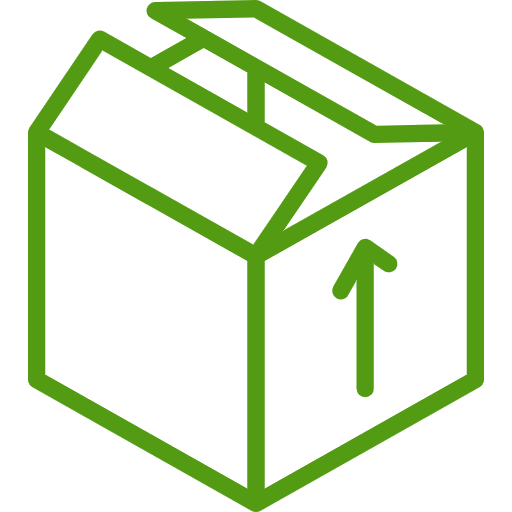





 Store Locator
Store Locator



